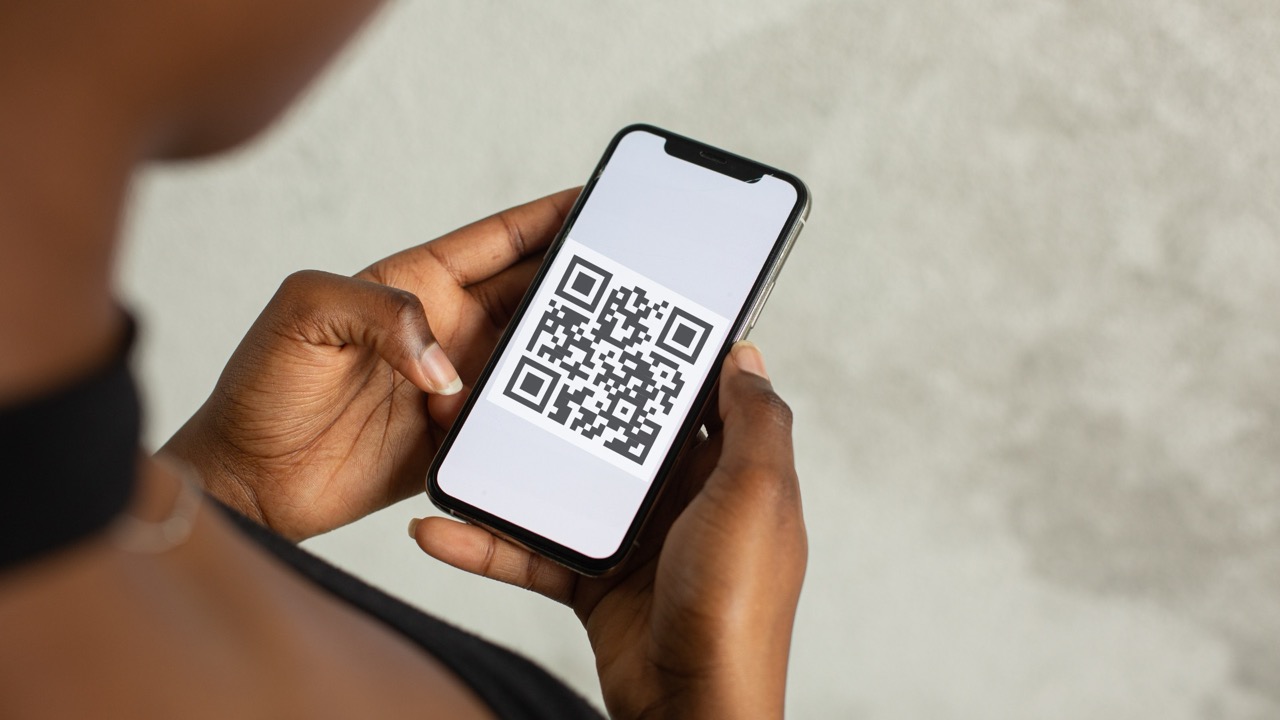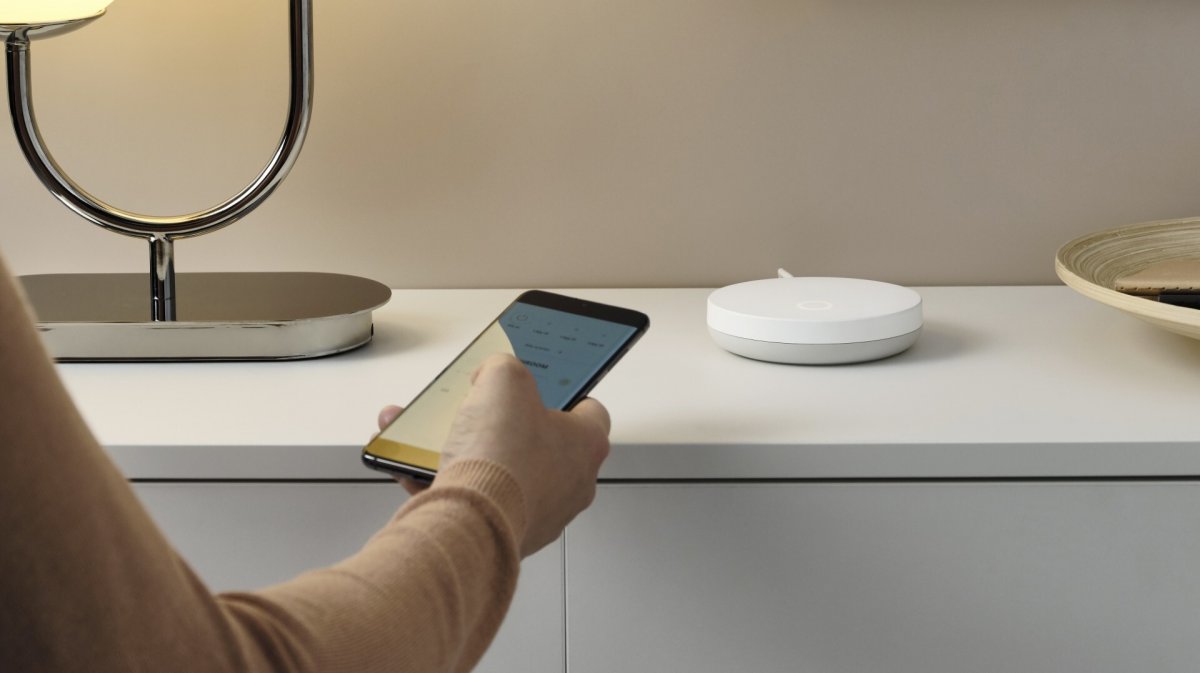Beware the Scan: How Cybercriminals Are Using QR Codes to Target Aussies

QR codes have become ubiquitous – plastered on everything from cafe menus to event tickets. They offer a quick and easy way to access information, but this convenience comes with a hidden risk. Cybercriminals are increasingly exploiting QR codes to launch sophisticated attacks, putting Australian users at risk. It's time to understand the dangers and learn how to protect yourself.
The Rise of QR Code Scams
The rapid adoption of QR codes, especially post-pandemic, has created a fertile ground for malicious actors. Instead of simply linking to a website, a QR code can now trigger a range of harmful actions on your device. These attacks are often subtle and difficult to detect, making them particularly dangerous.
Common QR Code Threats
Here's a breakdown of the most common ways cybercriminals are abusing QR codes:
- Phishing Attacks: A QR code might lead you to a fake website that looks identical to a legitimate one (like your bank or a popular online store). When you enter your login details, they’re stolen by the scammers.
- Malware Downloads: Scanning a malicious QR code can silently install malware onto your device. This could be anything from ransomware that locks your files to spyware that steals your personal information.
- Payment Fraud: QR codes are frequently used for contactless payments. A compromised code could redirect you to a fraudulent payment portal, allowing scammers to steal your credit card details.
- Unsafe Network Connections: Some QR codes can automatically connect your device to a rogue Wi-Fi network. This allows attackers to intercept your internet traffic and potentially steal your data.
- SMS Trojans: Increasingly, attackers are using QR codes to deliver SMS Trojans. Scanning these codes can trigger malicious SMS messages to be sent from your phone, costing you money and potentially compromising your contacts.
Why Aussies are Particularly Vulnerable
Australia's high adoption rate of smartphones and contactless payment systems makes it a prime target for QR code-based attacks. Many Australians are still unfamiliar with the risks, making them more susceptible to scams. The ease of generating and distributing QR codes also contributes to the problem – scammers can quickly create and spread malicious codes without detection.
How to Stay Safe
While QR codes offer undeniable convenience, it’s crucial to exercise caution. Here are some tips to protect yourself:
- Preview the Link: Many smartphone QR code scanners now offer a preview of the link before you open it. Always check the URL carefully to ensure it’s legitimate.
- Verify the Source: Be wary of QR codes from unknown or untrusted sources. If you're unsure, don't scan it.
- Use a QR Code Scanner with Security Features: Some scanner apps have built-in security features that can detect malicious links.
- Keep Your Device Updated: Regularly update your smartphone's operating system and security software to patch vulnerabilities.
- Be Suspicious of Unusual Requests: If a QR code asks you to enter personal information or make a payment, be extra cautious.
- Install a Mobile Security App: A reputable mobile security app can provide an extra layer of protection against malware and phishing attacks.
The Future of QR Code Security
As QR code usage continues to grow, expect to see increased efforts to improve security. Dynamic QR codes, which allow for link changes, are being explored as a way to quickly disable malicious codes. Industry standards and regulations are also needed to ensure the safe and responsible use of this technology.
Don't let the convenience of QR codes blind you to the potential risks. By staying informed and taking precautions, you can enjoy the benefits of this technology without falling victim to cybercrime. Stay vigilant, and always double-check before you scan!






